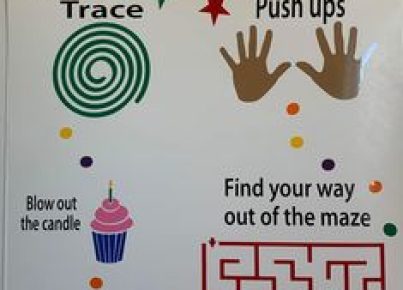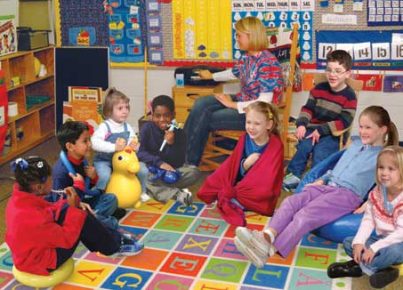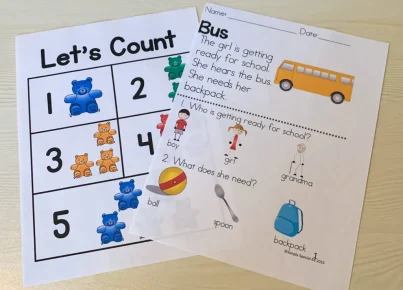Introduction
Teaching literacy to children and young people with severe learning difficulties presents unique challenges for educators and parents alike. However, with appropriate strategies and resources, it is possible to help these individuals develop the necessary skills to engage meaningfully with the written word. This article will explore key principles for teaching literacy to children with severe learning difficulties, discuss the importance of individualized approaches, and share practical tips that can be applied in various instructional settings.
Key Principles for Teaching Literacy
1. Informed assessment: Before beginning any literacy instruction, it is critical to conduct a thorough assessment of a child’s needs, strengths, and areas of difficulty. This process should involve multidisciplinary professionals like speech therapists, special education teachers, and psychologists who can provide an in-depth understanding of the child’s learning profile.
2. Individualized goals: Based on the assessment results, create specific and achievable literacy goals tailored to the child’s unique needs. Goals should be realistic and measurable, ensuring progress can be documented and celebrated.
3. Differentiated instruction: Children with severe learning difficulties require a variety of instructional methods to address their unique cognitive needs. This might include using visuals, repetition, hands-on activities, assistive technology, or other adaptive techniques that help them effectively engage with literacy tasks.
4. Multi-sensory approach: A multi-sensory teaching approach stimulates different senses simultaneously by incorporating visual aids, auditory prompts, tactile experiences, and movement-based tasks. This method is particularly beneficial for learners with severe learning difficulties as it taps into multiple neurological pathways that facilitate understanding and retention of information.
5. Collaboration between professionals and caregivers: Consistent communication between educators, specialists, and family members ensures that everyone is on the same page regarding instructional strategies and expectations while reinforcing consistency throughout all aspects of a child’s life.
Practical Tips for Teaching Literacy
1. Use visual supports: Visual aids such as flashcards, pictures, or charts can help learners establish connections between written words and their meanings, supporting their comprehension and vocabulary skills.
2. Encourage creativity: Incorporate creative elements like storytelling, role-playing, and creating art projects related to literacy to make learning more engaging and enjoyable for children with severe learning difficulties.
3. Utilize technology: Assistive technologies, like text-to-speech programs or communication devices, can provide children with alternative ways to access written materials and express their thoughts.
4. Adapt materials: Modify texts and teaching resources by adding visuals, simplifying language, breaking tasks into smaller steps, or using tactile materials like braille or textured aids.
5. Consistent routines: Establishing consistent routines for daily literacy activities helps develop familiarity and structure for children with severe learning difficulties, making it easier for them to anticipate what comes next.
Conclusion
Ensuring that children and young people with severe learning difficulties have access to effective literacy instruction is essential for their personal growth and development. By implementing the key principles and practical tips discussed in this article, educators and caregivers can create a supportive environment that fosters the development of valuable literacy skills. Through patience, perseverance, and collaboration, we can empower these individuals to reach their full potential.





